AI and chatbots have been making waves in recent years, but the arrival of ChatGPT has truly made a huge impact on how we communicate. This AI chatbot was released in November 2022 and has since generated curiosity thanks to its advanced capabilities.
In this article, we will explore more about this AI language model and how you can maximise its capabilities for your business or other applications.
What is ChatGPT?
Chat Generative Pre-trained Transformer, widely known as ChatGPT, is an advanced language model developed by OpenAI. Powered by AI technology, ChatGPT can perform tasks that go beyond the scope of traditional chatbots. It can generate human-like dialogue and respond to prompts in various written content formats, such as emails, blog articles, and more.
ChatGPT is built on a transformer-based language modeling system where it predicts the next word in a sequence based on the words it has already seen. The model is fine-tuned using reinforcement learning from human feedback to generate the most relevant responses. However, it’s important to note that while ChatGPT can produce impressively human-like text, it doesn’t have beliefs, opinions, or consciousness, and it doesn’t have access to real-time or personal data unless explicitly provided in the conversation.
These capabilities, and the fact that you can use ChatGPT for free, makes ChatGPT stand out from other AI language models in the market. OpenAI has also introduced a paid subscription plan called ChatGPT Plus, which provides additional benefits for a monthly fee and access to GPT-4, the latest, most capable model for tasks that require creativity and advanced reasoning.
The Origin of ChatGPT
OpenAI is an AI research company based in San Francisco responsible for the development of ChatGPT. When they launched ChatGPT on November 2022, little did they know that they were going to transform the AI technology landscape.
OpenAI is also the mastermind behind an AI art generator, DALL-E-2 and an AI speech recognition system, Whisper. Hence, OpenAI has been in the business for some time since they launched ChatGPT. But as per ChatGPT’s release in November 2022, it became the fastest-growing app in history, with over 100 million active users in two months since the release. To give you an idea of how impressive that is, it took TikTok (the biggest social media right now) nine months to achieve that same feat.
GPT-3
GPT3, or Generative Pretrained Transformer 3, is an artificial intelligence language model developed by OpenAI. It is known for its ability to generate coherent and contextually relevant sentences by predicting the likelihood of a word given the previous words used in the text.
The initial purpose of GPT-3 was to develop intelligent chatbots with the ability to interact with customers and deliver intelligent responses to queries. But businesses are seeing new ways of using it to provide real-time solutions to business needs, such as appointment setting, copywriting, and more.
GPT-3 is a state-of-the-art language model developed by OpenAI. It is known for its ability to generate coherent and contextually relevant sentences by predicting the likelihood of a word given the previous words used in the text.
It’s important to note, however, that while GPT-3 can generate impressively human-like text, it doesn’t truly “understand” language like humans do, nor possess common sense, a real-world understanding, beliefs, and desires. Instead, it uses patterns in the data it was trained on to generate responses.
OpenAI
OpenAI is a company that was originally founded by Elon Musk (who then left around 2018), Sam Altman, Greg Brockman, Ilya Sutskever, and others in 2015. Since its growth in popularity, OpenAI has received backing from multiple investors, including Microsoft. That said, ChatGPT won’t be the company’s last AI technology project – it’s only the beginning.
Even ChatGPT has undergone multiple updates since its release in November 2022.
How Does ChatGPT Work?
ChatGPT works through a language model developed by its creator, OpenAI. The language model is called Generative Pre-Trained Transformer (GPT). The specific model used for ChatGPT utilises a model from the GPT 3.5 series that had undergone fine-tuning.
Two vital components to making ChatGPT work are language model training and transformer architecture. It is best to explore what these two are to fully understand how ChatGPT works.
Language Model Training
Language model training is the primary element that makes ChatGPT what it is and functions the way it does. It is an extrapolation of machine learning and language processing models, also known as large language models. It processes large quantities of data and analyses the relationships between the words. The analytical capabilities of these language models have improved over time due to the advancement in computing technologies.
Transformer Architecture
Transformer architecture is the engine that runs ChatGPT. It is responsible for overcoming the gaps in the existing natural language processing models throughout computing history. For example, the Transformer architecture makes it more efficient how a certain sequence of words alters the meaning of a specific word.
Applications of ChatGPT
Content Writing
Content writing is currently one of the most common applications for ChatGPT. There are several ways to utilise this technology for content writing, such as researching and gathering information, generating article ideas and prompts, creating outlines, copywriting, and writing emails, news articles, blog posts, and social media captions. This technology simplifies and streamlines the research process, making it easier to create compelling content and generate ideas.
Virtual Assistants
ChatGPT can also perform tasks that virtual assistants can do. It is a helpful tool for performing basic VA tasks, such as hashtag or keyword research, transcription services, research, writing email pitches, and more. It can even help you generate suggested itineraries for trips and other activities with the right data input.
Customer Support
The use of AI language was first seen in chatbots on websites. These chatbots provided 24/7 support for website visitors by providing answers to commonly asked questions, etc. Therefore, you can tap the power of AI using ChatGPT to automate tasks and generate customer query responses. It has the ability to converse with your customers like a human.
Code Generation
To some extent, there are some individuals and businesses that were able to use ChatGPT for code generation. While AI technology is currently limited to basic coding, you can expect it to produce more sophisticated coding capabilities in the future as the technology evolves.
Limitations and Ethical Considerations
While ChatGPT has been pretty impressive, it’s not perfect, either. In fact, make sure you are aware of the limitations ChatGPT has to maximise this technology.
Biases
The bias in training data is one of the ethical concerns in using ChatGPT. Its performance and capabilities are based on the large dataset used for the language model. If there are any biases in the data used in the language model training, it could also impact the bias of the data generated through ChatGPT. It poses a risk of inaccuracy or unfair output. More work has to be done to ensure that it does not exclude marginalised groups and that limited knowledge is supplemented.
Misinformation
Despite the complexity of the language training model, ChatGPT still has a limited ability to understand and analyse complex questions or prompts. As a result, there is the possibility of spreading misinformation if you generate content from the AI platform without access to complete and accurate data to back up the output. It is most evident in questions that require critical thinking and abstract reasoning.
Ethical Use
Another ethical concern in using ChatGPT involves the possibility of misusing and abusing this AI technology. Since it is capable of generating human-like text, it can also be used to generate content for malicious intent and purposes.
Future of ChatGPT and Language Models
It might seem like ChatGPT is the future, but the reality is it is only the beginning. The rise of this AI technology provides a glimpse of what machine learning and artificial intelligence can do for our daily lives, which could unlock more possibilities and inspire AI developers to work on more advanced language models.
As mentioned earlier, ChatGPT has many areas for improvement, and one of them is context awareness. While it is able to generate responses based on its existing dataset, it lacks the ability to fully employ contextual measures in the analysis and processing of those words.
But as it stands, ChatGPT is highly promising. It will catapult the efforts to develop advanced language processing models to deliver more sophisticated results. Not only that, you can expect that its application will become much wider and spread across various industries.
Final Thoughts
Taking into account ChatGPT’s capabilities and limitations, it will become the future of natural language processing. It has set the tone for artificial intelligence technology to deliver accurate and efficient outcomes. As the technology continues to expand, there will be more use for this technology in the future.

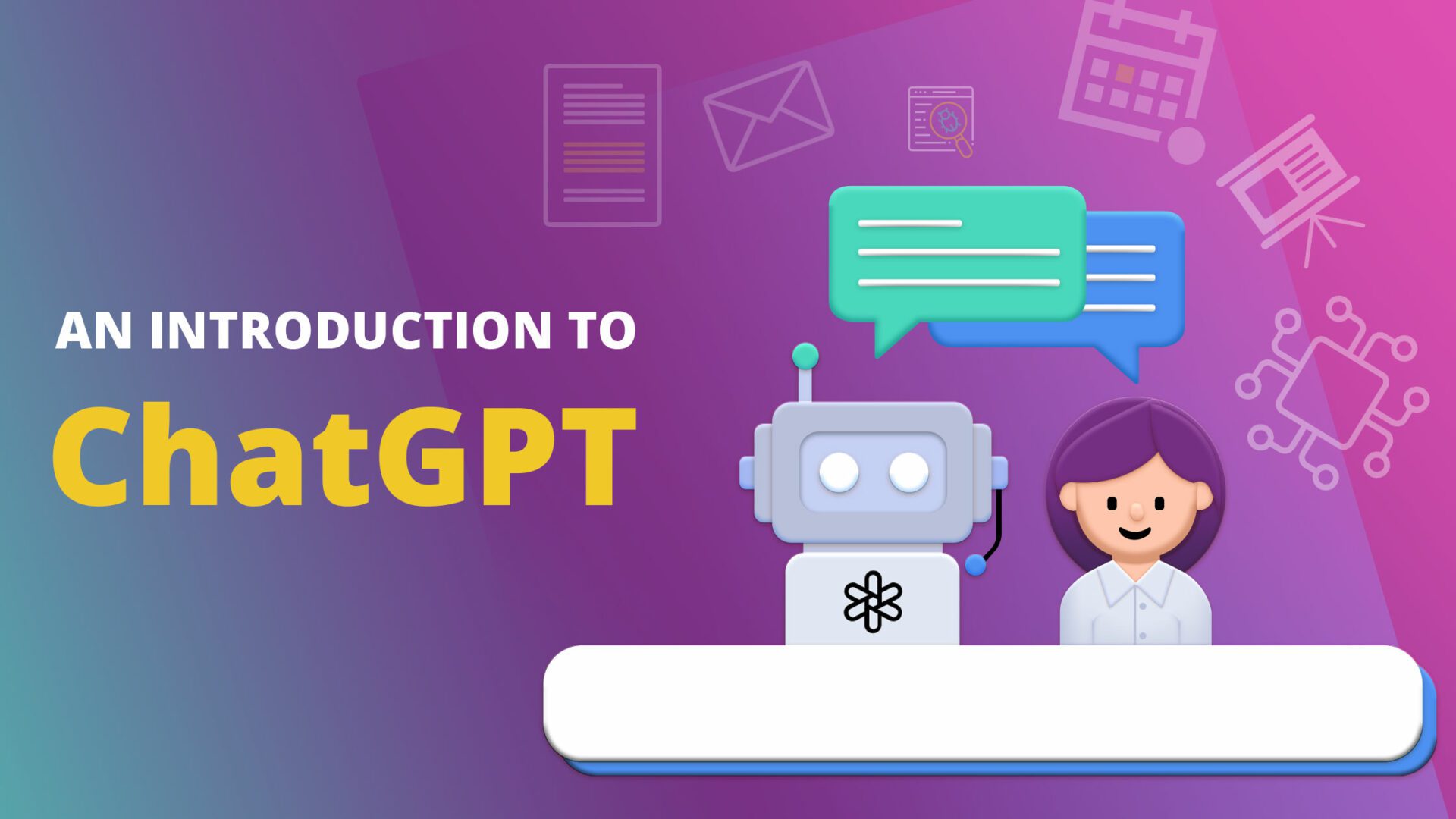
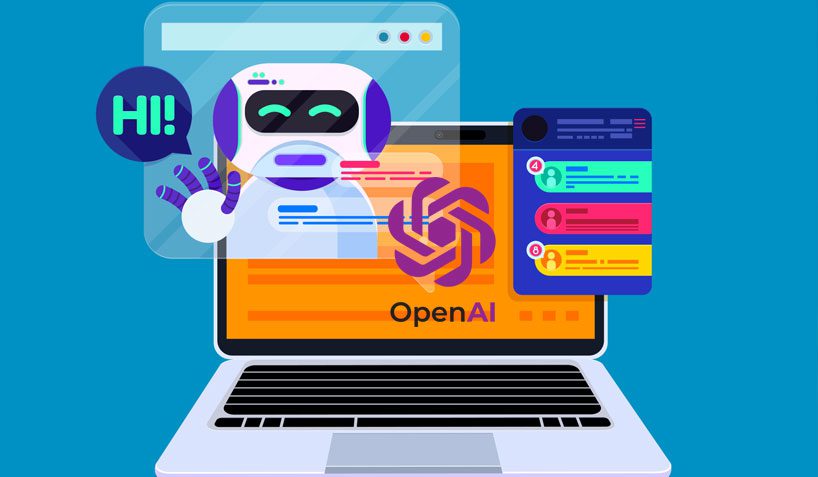

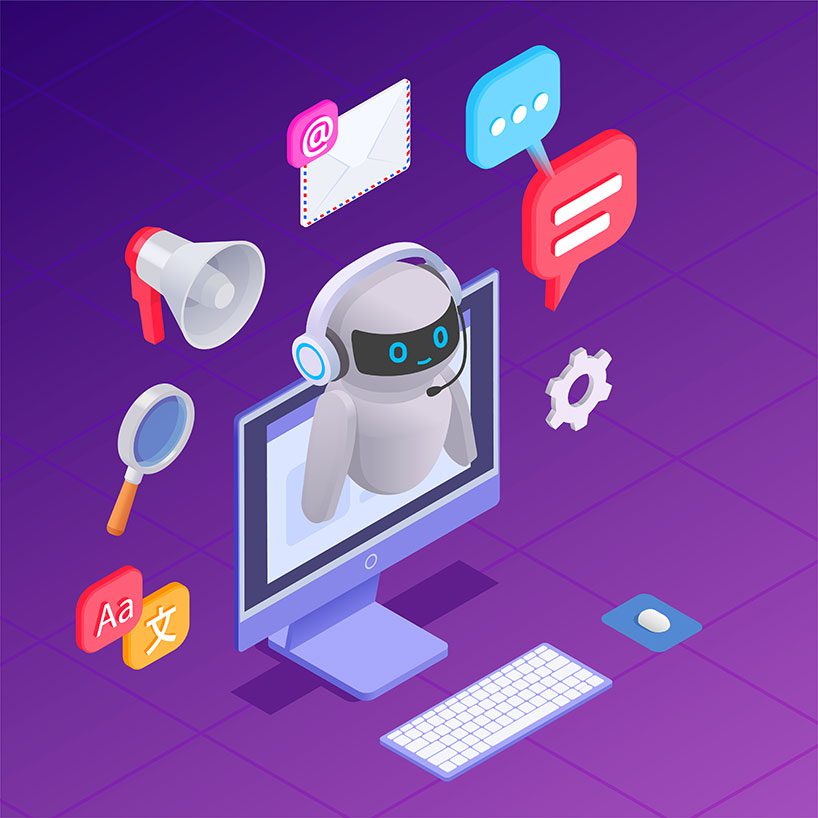



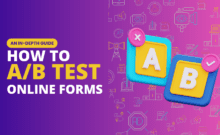


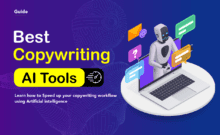

Leave a Comment